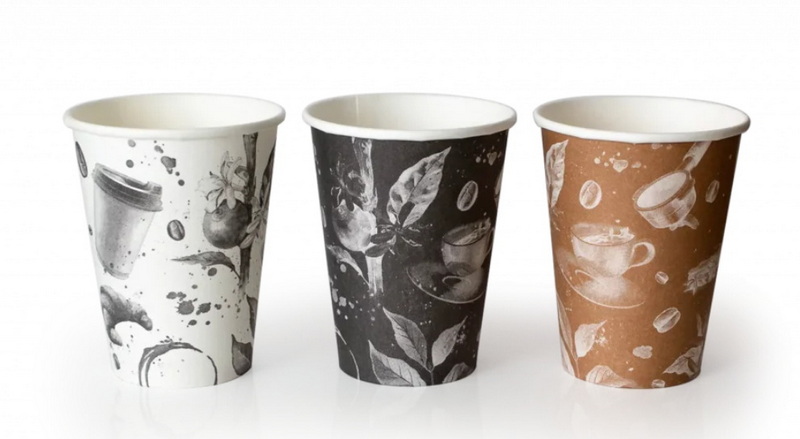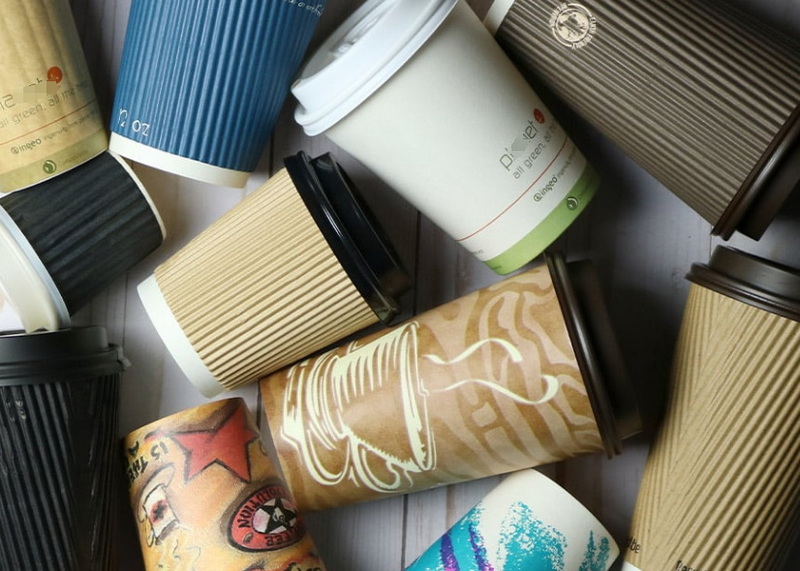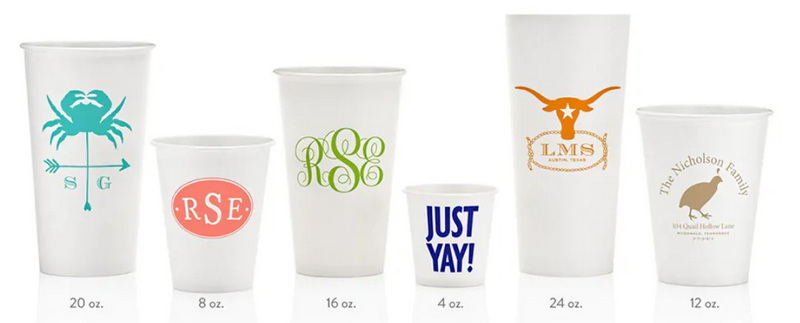
Content Menu
● Introduction to Disposable Cups
>> Types of Disposable Cups
● Popular Disposable Cup Brands
>> 1. EcoQuality Corporation
>> 2. Dart Container Corporation
>> 3. Huhtamaki
>> 4. Vegware
>> 5. Seda
● Quality Comparison
● Price Comparison
● Environmental Impact
>> Video: Environmental Impact of Disposable Cups
● Market Trends
>> Sustainable Innovations
>> Consumer Awareness
● Business Strategies
● Regulatory Environment
>> Impact of Regulations
● Conclusion
● Frequently Asked Questions
>> 1. What are the most common materials used for disposable cups?
>> 2. How do eco-friendly disposable cups compare in price to traditional options?
>> 3. What certifications should I look for in a disposable cup brand?
>> 4. Can disposable cups be customized with logos or designs?
>> 5. What are some strategies to reduce the use of disposable cups?
The market for disposable cups is vast and diverse, encompassing a wide range of brands that cater to different needs and preferences. From eco-friendly options to traditional paper and plastic cups, each brand offers unique features, quality standards, and pricing strategies. In this article, we will delve into the comparison of popular disposable cup brands, focusing on their quality and price.

Introduction to Disposable Cups
Disposable cups are widely used for both hot and cold beverages. They are convenient, easy to use, and require minimal maintenance compared to reusable cups. However, their environmental impact has led to increased interest in sustainable alternatives.
Types of Disposable Cups
1. Paper Cups: Made from paper, these cups are biodegradable but often lined with plastic or wax to prevent leakage.
2. Plastic Cups: Commonly used for cold beverages, they are durable but not biodegradable.
3. Biodegradable Cups: Made from materials like cornstarch or sugarcane, these cups are more environmentally friendly.
Popular Disposable Cup Brands
1. EcoQuality Corporation
EcoQuality Corporation, based in New York, is known for its eco-friendly disposable products. They offer high-quality, affordable options with excellent customer service, including same-day delivery and inventory management. Their focus on sustainability has made them a favorite among environmentally conscious consumers.
2. Dart Container Corporation
Founded in 1937, Dart Container is a leading manufacturer of cups and containers. They provide a wide range of products, focusing on quality and customer satisfaction. Dart Container's extensive distribution network ensures that their products are accessible across various markets.
3. Huhtamaki
Headquartered in Finland, Huhtamaki is a renowned manufacturer of paper cups, among other products. They hold certifications like ISO 9001 and FSC, ensuring high standards of quality and sustainability. Huhtamaki's commitment to innovation has led to the development of advanced paper cup designs.
4. Vegware
Based in the UK, Vegware specializes in compostable cups, offering a sustainable alternative to traditional disposable cups. They are certified by ISO 9001, BRC, and FSC. Vegware's products are designed to reduce waste and support a circular economy.
5. Seda
An Italian company, Seda is known for its high-quality hot beverage cups. They hold certifications like ISO 9001 and ISO 14001, emphasizing quality and environmental responsibility. Seda's cups are designed with comfort and durability in mind, making them popular among coffee shops and cafes.
Quality Comparison
When comparing the quality of disposable cup brands, several factors come into play:
- Material: The type of material used affects durability and environmental impact. Biodegradable cups are more eco-friendly, while plastic cups are more durable.
- Certifications: Brands with certifications like ISO 9001 and FSC ensure higher quality and sustainability standards.
- Customer Reviews: Feedback from customers can provide insights into the performance and satisfaction levels of different brands.

Price Comparison
Pricing varies significantly among disposable cup brands, influenced by factors such as material, production costs, and distribution channels.
- Eco-Friendly Options: Biodegradable cups tend to be more expensive than traditional paper or plastic cups due to the cost of sustainable materials.
- Customization: Cups with logos or custom designs are generally more costly than plain ones.
- Bulk Orders: Larger orders often result in lower per-unit costs, making them more economical for businesses.
Environmental Impact
The environmental impact of disposable cups is a significant concern. Traditional paper and plastic cups contribute to waste and pollution, while biodegradable options offer a more sustainable solution.
Video: Environmental Impact of Disposable Cups
Understanding the environmental impact can be enhanced by watching videos that explain the lifecycle of disposable cups and their effects on ecosystems.
Market Trends
The market for disposable cups is evolving, with a growing demand for sustainable products. Brands that adapt to these trends by offering eco-friendly options are likely to gain market share.
Sustainable Innovations
Innovations in sustainable materials and production processes are driving the development of more environmentally friendly disposable cups. For instance, some brands are exploring the use of plant-based bioplastics that are compostable and non-toxic.
Consumer Awareness
Increased consumer awareness about environmental issues has led to a shift towards eco-friendly products. Brands that emphasize sustainability in their marketing strategies often attract environmentally conscious consumers.
Business Strategies
Disposable cup brands employ various strategies to stay competitive in the market:
- Marketing and Branding: Effective branding and marketing campaigns can increase brand visibility and customer loyalty.
- Product Diversification: Offering a range of products, including customized cups, can help brands cater to different customer needs.
- Supply Chain Optimization: Efficient supply chains ensure timely delivery and reduce costs, making products more competitive in terms of price.
Regulatory Environment
The regulatory environment plays a crucial role in shaping the disposable cup industry. Governments worldwide are implementing policies to reduce plastic waste and promote sustainability.
Impact of Regulations
Regulations such as bans on single-use plastics have forced brands to innovate and offer more sustainable alternatives. Compliance with these regulations is essential for brands to maintain market presence.
Conclusion
In conclusion, the choice of disposable cup brand depends on factors such as quality, price, and environmental considerations. Brands like EcoQuality Corporation and Vegware offer eco-friendly options, while Dart Container and Huhtamaki focus on quality and customer satisfaction. Understanding these differences can help consumers make informed decisions that align with their needs and values.

Frequently Asked Questions
1. What are the most common materials used for disposable cups?
Disposable cups are commonly made from paper, plastic, or biodegradable materials like cornstarch or sugarcane.
2. How do eco-friendly disposable cups compare in price to traditional options?
Eco-friendly cups, such as biodegradable ones, are generally more expensive than traditional paper or plastic cups due to the cost of sustainable materials.
3. What certifications should I look for in a disposable cup brand?
Certifications like ISO 9001, FSC, and BRC indicate high standards of quality and sustainability.
4. Can disposable cups be customized with logos or designs?
Yes, many manufacturers offer customization options for disposable cups, which can increase the cost compared to plain cups.
5. What are some strategies to reduce the use of disposable cups?
Promoting the use of reusable cups, implementing rental systems, and offering financial incentives can help reduce disposable cup usage.

















